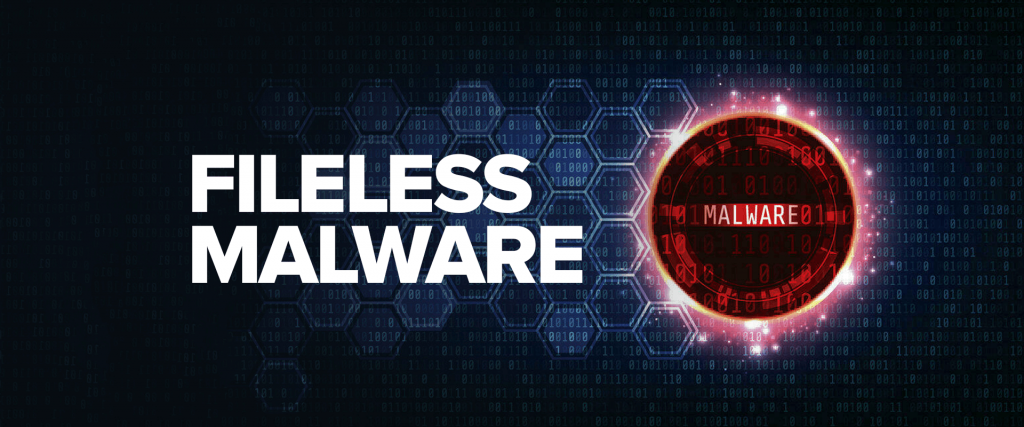As cybersecurity software evolves worldwide, so do the tricks and techniques used to carry out cyber-attacks. Malware can easily cause a tremendous amount of harm to your systems. The most appropriate example will be to compare it with catching a cold in winter that affects your entire body.
Unfortunately, unlike the common cold, Malware can’t be fixed by the system on its own, especially in the case of the new variants. You can learn more about the different types of malware and ways to combat them by clicking here.
One of the biggest digital infiltration threats to organizations is Fileless Malware.
How does Filelesss Malware work, why is it so unique, and how can you stop it from infiltrating your systems and hijacking your personal information?
This article will teach you what it is, how it works, and how to reduce our chances of being infected by it. And at the end, look for additional insights about cyber security to help you better protect your organization.
Let’s get into Fileless Malware …
What is Fileless Malware?

A malicious activity that uses legitimate and native tools built into a system to execute a cyber-attack is known as Fileless Malware. Unlike traditional Malware, Fileless Malware does not require an attacker to install any code on a target’s system, making it hard to detect.
Fileless Malware is so terrifying because it depends on the programs already in the system to infect. Other forms of Malware Attacks rely on installing viruses in the system.
Sometimes they are also referred to as non-malware attacks, as they exploit the existing vulnerabilities in the system. Fileless Malware uses software that satisfies any two of the following conditions.
- It’s already present in your system.
- Has vulnerabilities
- Has access to the system’s major components that the Malware wants to target.
The Ponemon Institute claims that fileless malware attacks are likely to succeed ten times more than their file-based counterparts.
How Does Fileless Malware Work?
Fileless Attacks are a type of stealth attack that easily flow under the radar of many security solutions and impact forensic analysis efforts. This Malware can access and attack your system or network in several ways.
We’ve outlined them for you below.
-
Through Stolen Information

This is one of the most efficient ways of attack. The hacker attacks your system by pretending to be a legitimate user or even an admin.
Once inside, the hacker can take control of the operating system and its components, like Windows PowerShell and Windows Management Instrumentation (WMI), to commence the attack.
-
Fileless Ransomware
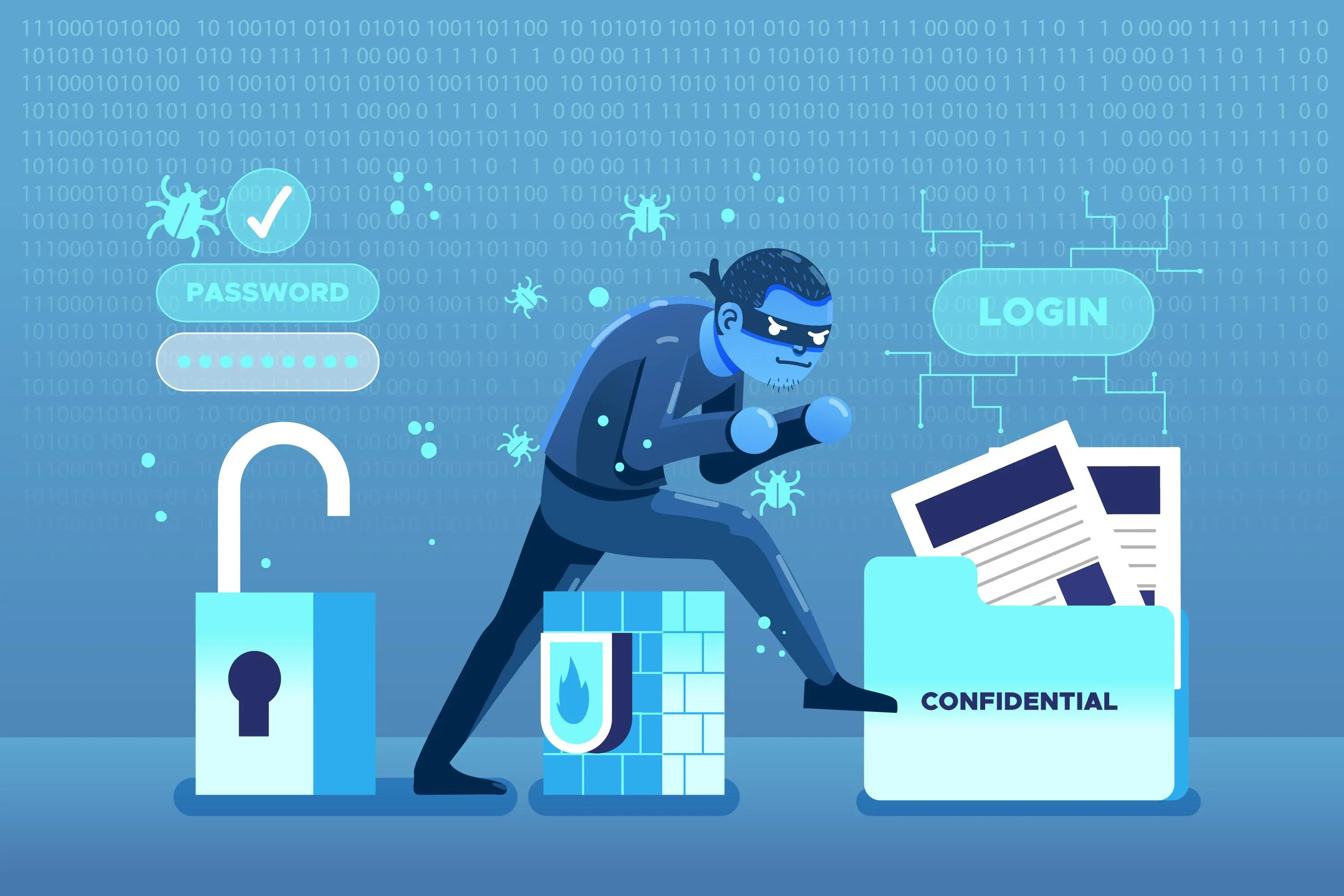
In the case of fileless ransomware, hackers hold a system hostage using Fileless Malware to extract money. This technique embeds destructive code in documents through a native scripting language, such as macros. They can also write malicious code directly into the system’s memory through an exploit kit.
-
Memory-Only Malware
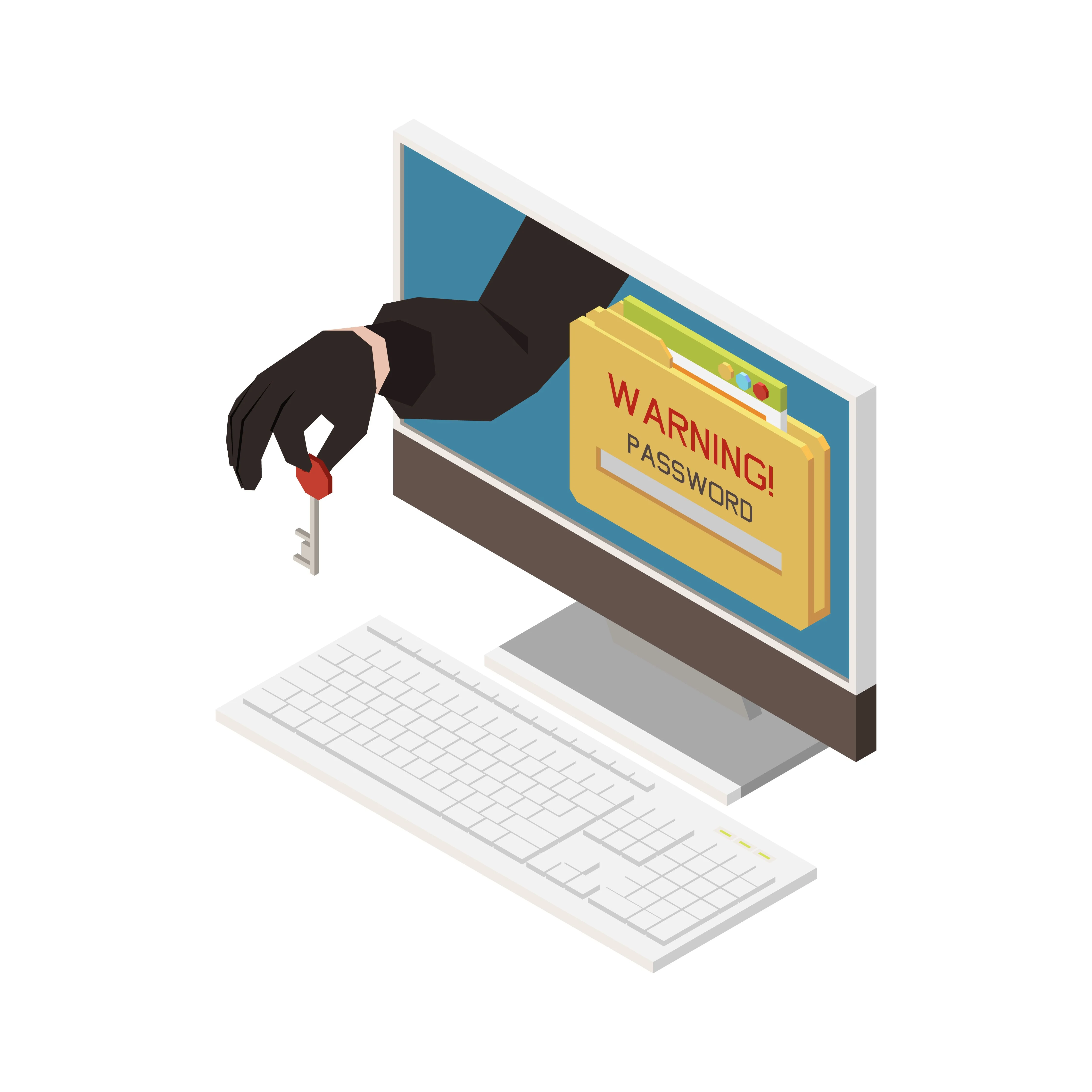
As the name suggests, this type of Malware resides only in the device’s memory, thus, remains undetected. A great example of this Fileless Malware is Duqu worm and its updates.
-
Exploit Kits
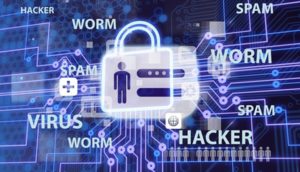
Exploit Kits are collections of codes and sequences of commands that can be injected directly into memory without writing anything on the disk. These can be automated to spread throughout a system and engulf it.
A victim is usually subject to an exploit kit through a phishing email. This kit typically contains exploits for many system vulnerabilities through which the hacker can control the infected areas of your system. Click here to learn more about the ways to prevent these phishing attacks.
-
Registry Resident Malware
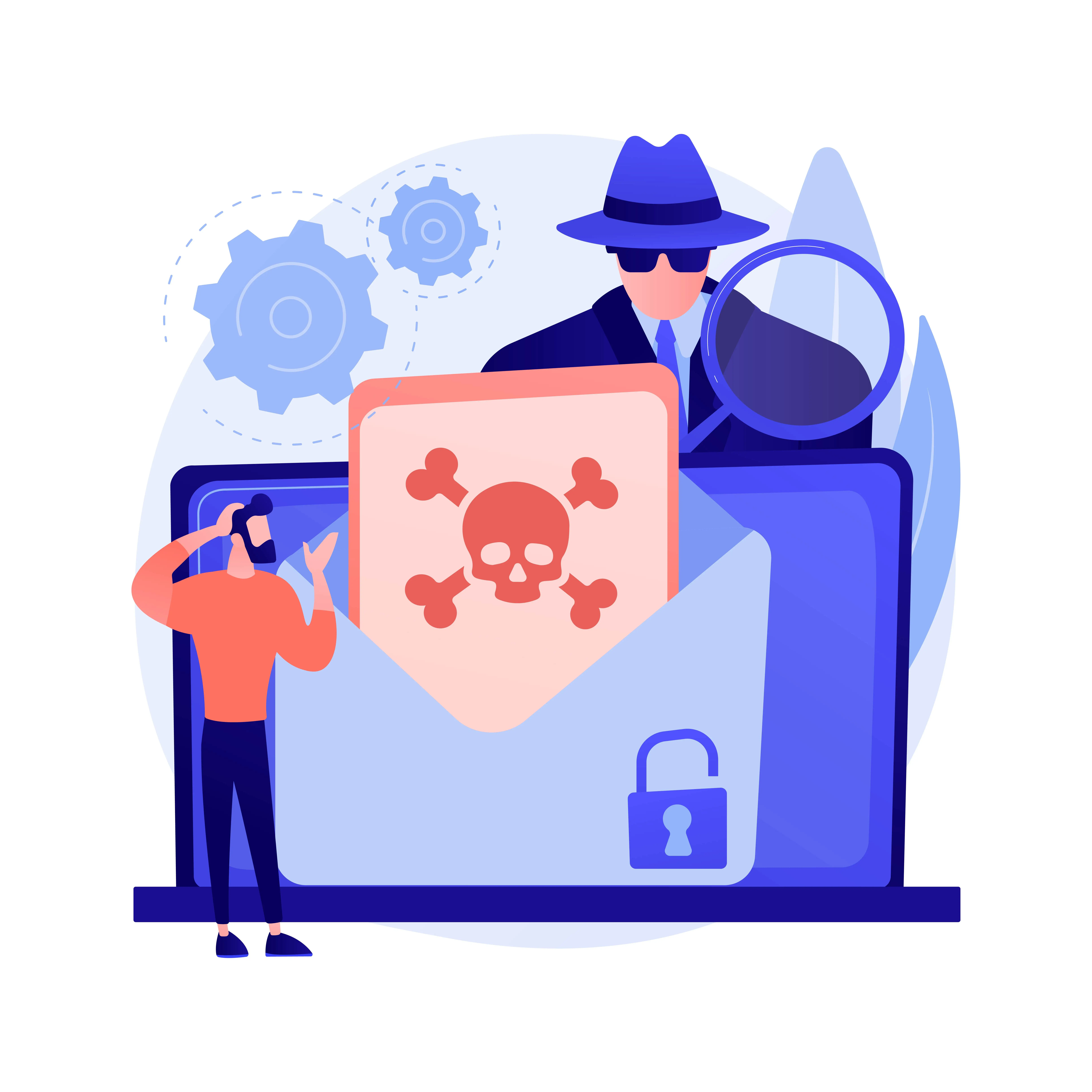
This Fileless Malware installs itself in the Windows registry to escape spotting defenses. A dropper program downloads a malicious file through which the Windows system is infected.
However, in this type of fileless Malware, the dropper program writes harmful code in the Windows Registry. Poweliks, Kovter, and GootKit are the most common types of registry resident malware.
How to Prevent Fileless Malware Attacks?
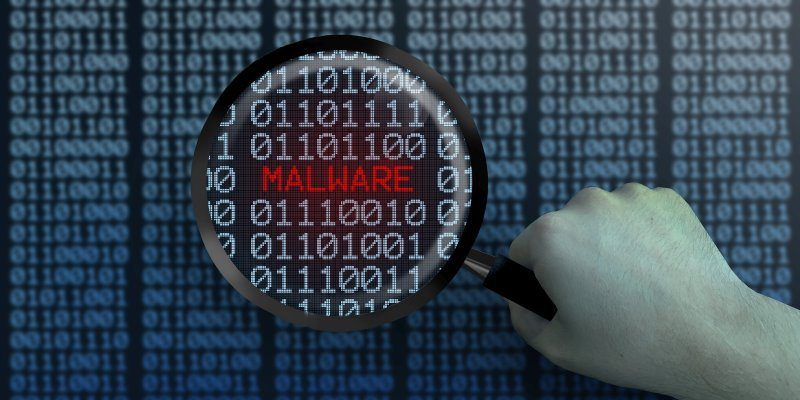
In the case of fileless Malware, prevention is better than cure. Your system should be ready to recognize malicious files and block them from the get-go. Here we show you how you can prevent the various variants of fileless Malware from infecting your computer.
Avoid Phishing

As stated earlier, one of the most common ways fileless Malware gets into your system is via phishing emails. Thus, to avoid fileless malware attacks, you need to safeguard against phishing.
Don’t click on spam links in the mail if you are unsure of their origins. Always verify the sender who sent you the mail and ensure that the link’s intent in the mail is not malicious. If you are a business owner, train your team in granular cyber-security training. Learn more about the biggest threats to small and medium-sized businesses by clicking here.
Employ Managed Threat Hunting
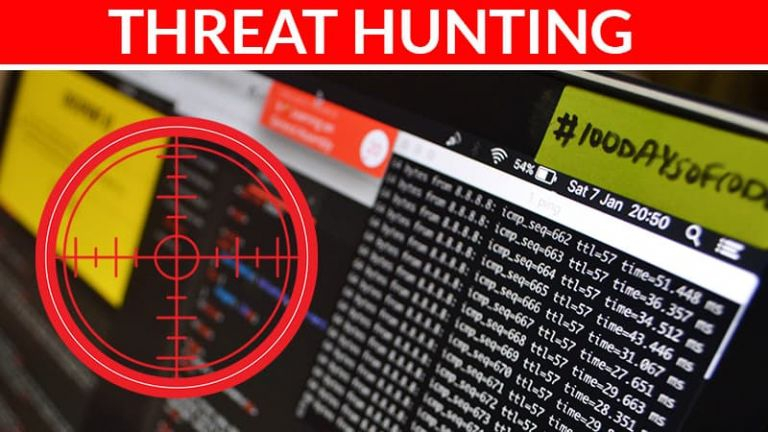
Managed threat-hunting services are always active, keeping an eye out for uncharacteristic behaviors in the system. They proactively search for intrusions by monitoring the environment and recognizing activities that go undetected by standard security systems. This way of blocking Fileless Malware involves documenting large amounts of data.
Look for IOA and IOC

You can look for specific symptoms in your system that may hint toward a malware attack. These are known as Indicators of Attack (IOA) and Indicators of Compromise (IOC). IOA will be more relevant in the case of a fileless malware attack as they look for signs of an ongoing attack. On the other hand, IOC will focus on the attack’s steps. IOA will also provide signs of code execution, lateral movements, and actions done by the Malware. A good antivirus can evaluate and assess both IOA and IOC.
How to Remove Fileless Attacks?
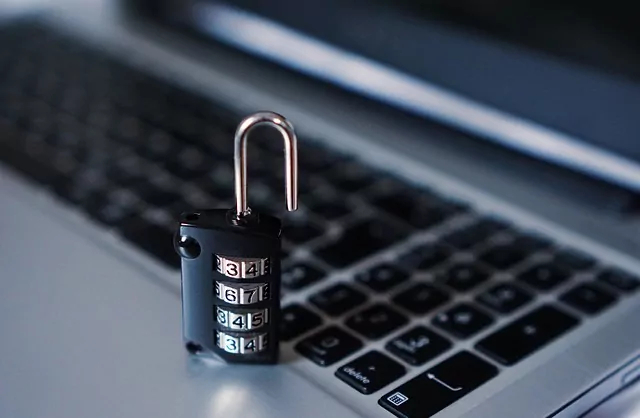
The first step for removing fileless attacks is detecting them and the extent of damage they have done so far. Once detected, fileless attacks can easily be removed using the antivirus, or you can do so through Microsoft Process Explorer and Autoruns. For seasoned coders with advanced malware analysis skills, this will be an exciting challenge they will love to deal with manually.
For an average user, it’s best to ensure that their system security is optimized for fileless malware attacks. However, Keeping your operating system and software updated is important, as the latest updates often contain protection against new malware variants. Manual removal of the Malware is still possible, but credible security products that are updated regularly are the best bet to ensure your defense against fileless malware attacks.
Next Steps
If you would like to learn additional insights about cyber security, IT support, or digital or business transformation, go to our website at Imagine IT
Once there, check out our individual landing pages, or go to our Learning Center and pick your topic.
Don’t hesitate to reach out if you have more urgent concerns about cyber security or anything relating to your technology needs – Start A Conversation

